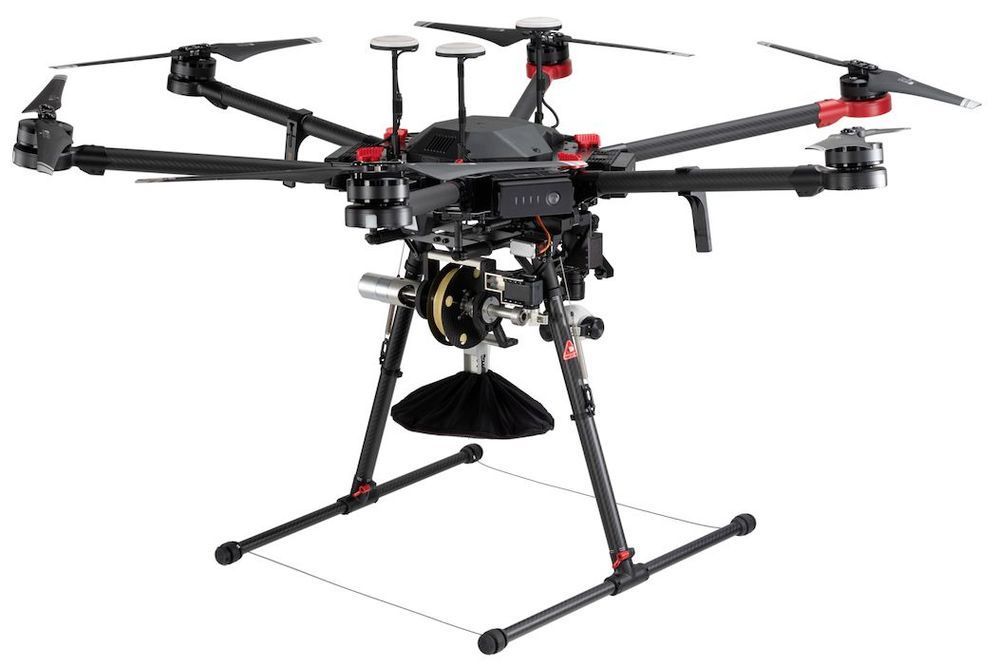Oct 13, 2020
Eli Lilly says its monoclonal antibody cocktail is effective against Covid-19
Posted by Quinn Sena in category: biotech/medical
Eli Lilly said Wednesday a monoclonal antibody treatment is effective in reducing levels of the virus that causes Covid-19 in patients, and also appears to prevent patients from visiting the emergency room or hospital.
Lilly had previously released results for a similar treatment using one antibody, which experts viewed as promising. But the new results, of a combination of two antibodies, appear, based on limited data provided in a press release, to be more robust. The results also appear roughly similar to those Regeneron presented last week of its own cocktail of two monoclonal antibodies. Last Friday, President Trump was treated with the Regeneron monoclonal antibodies.
Monoclonal antibodies are synthetic versions of the antibodies that are one of the main weapons of the immune system. Researchers believed that injecting them into patients could help treat them.


















